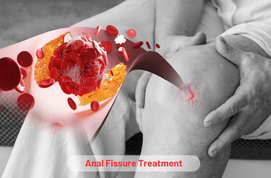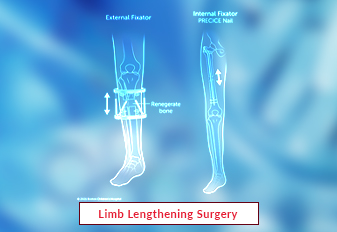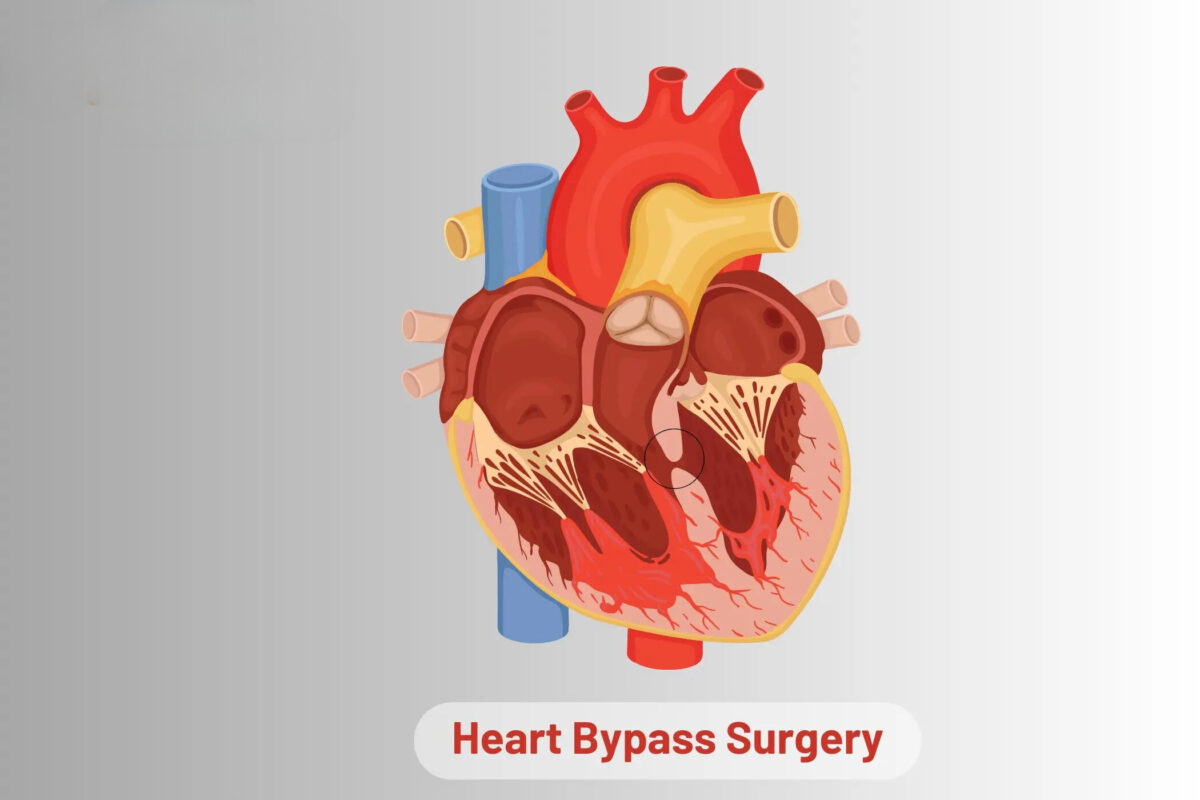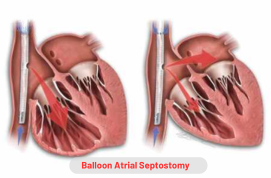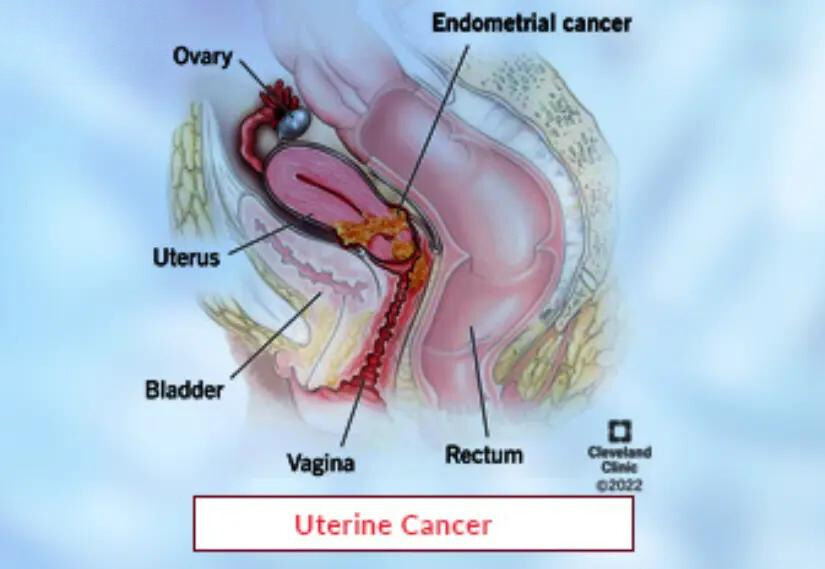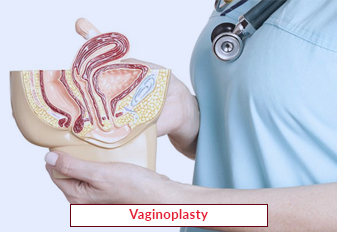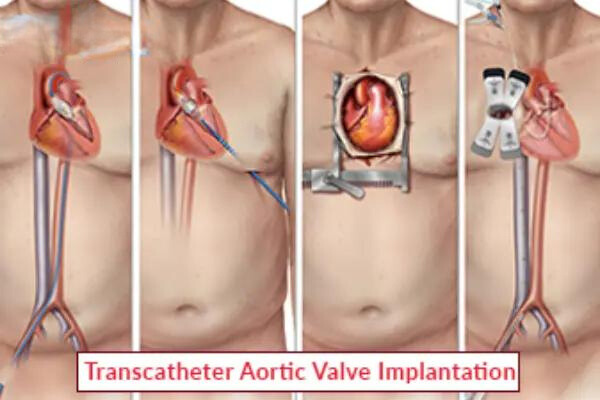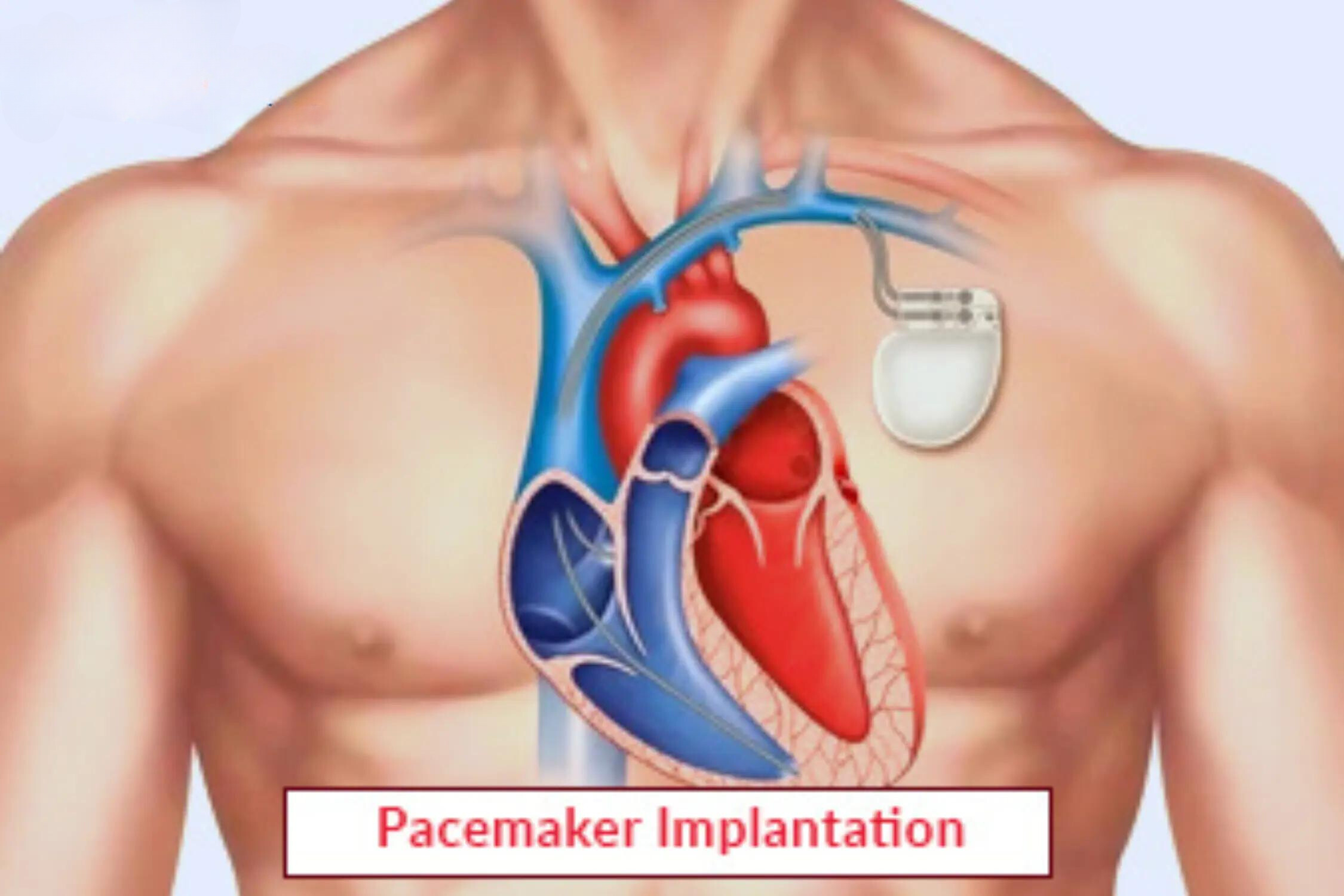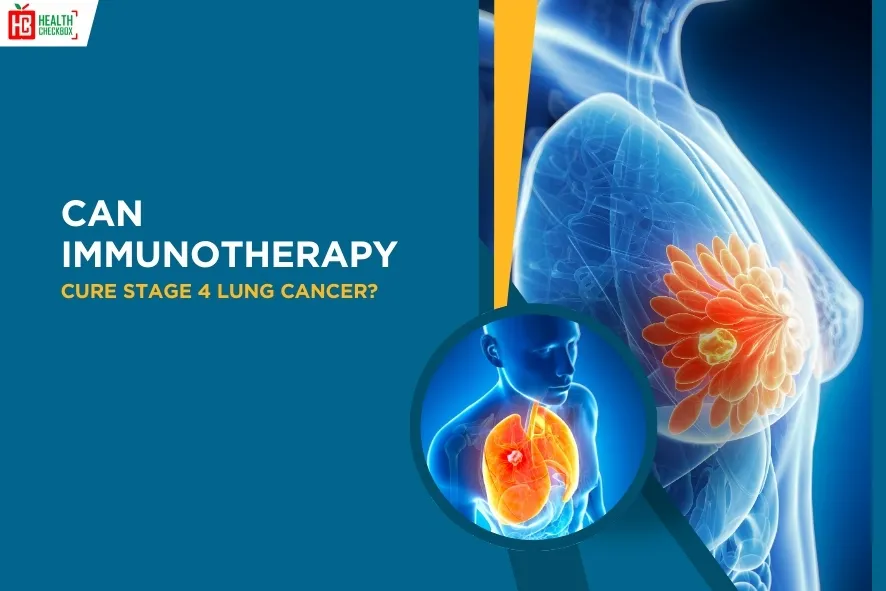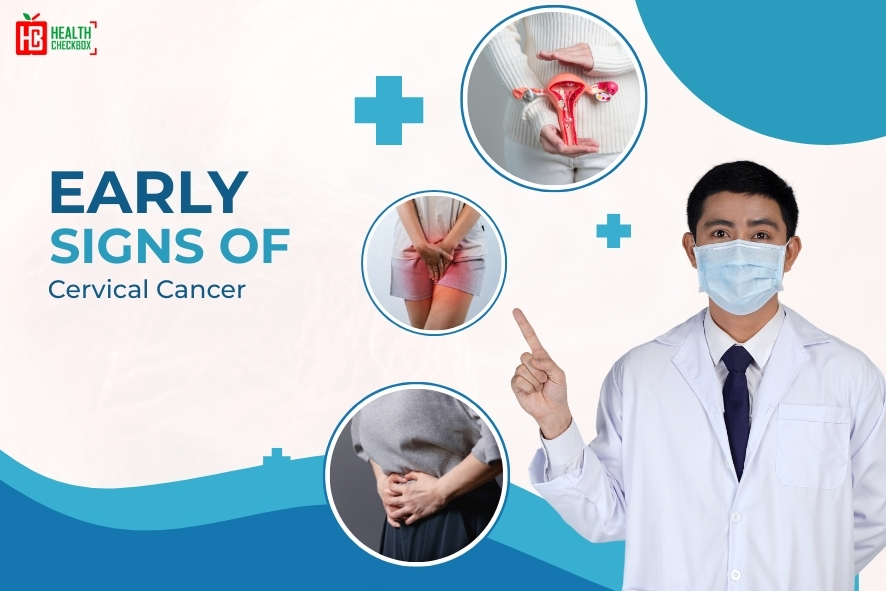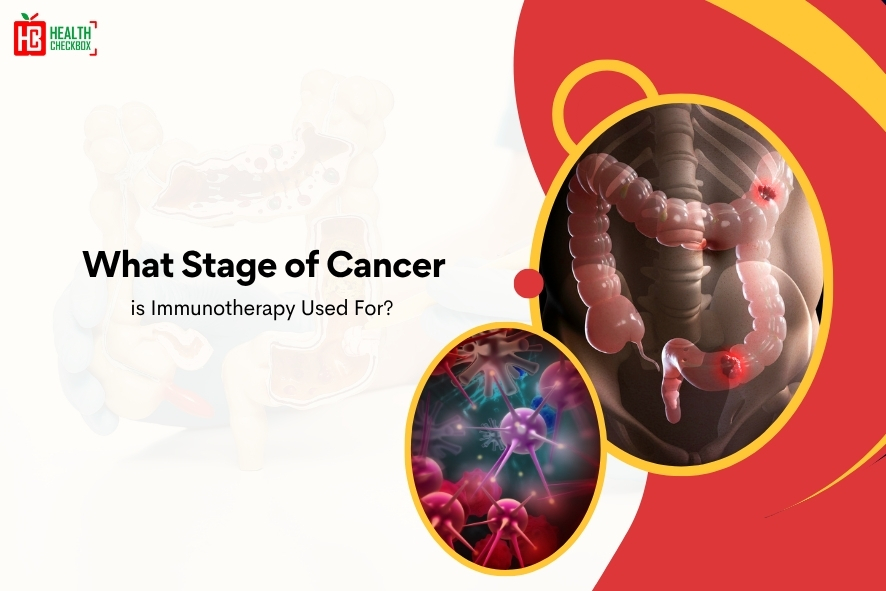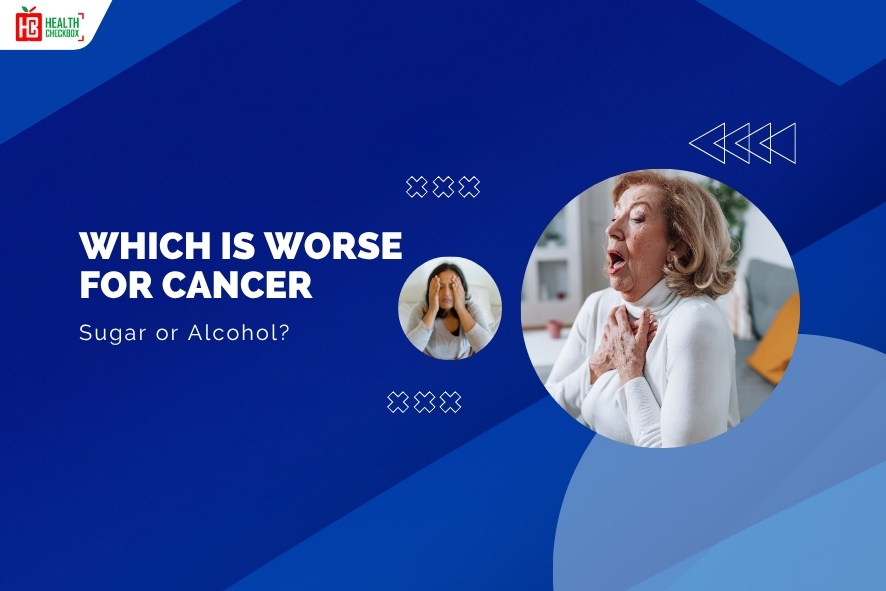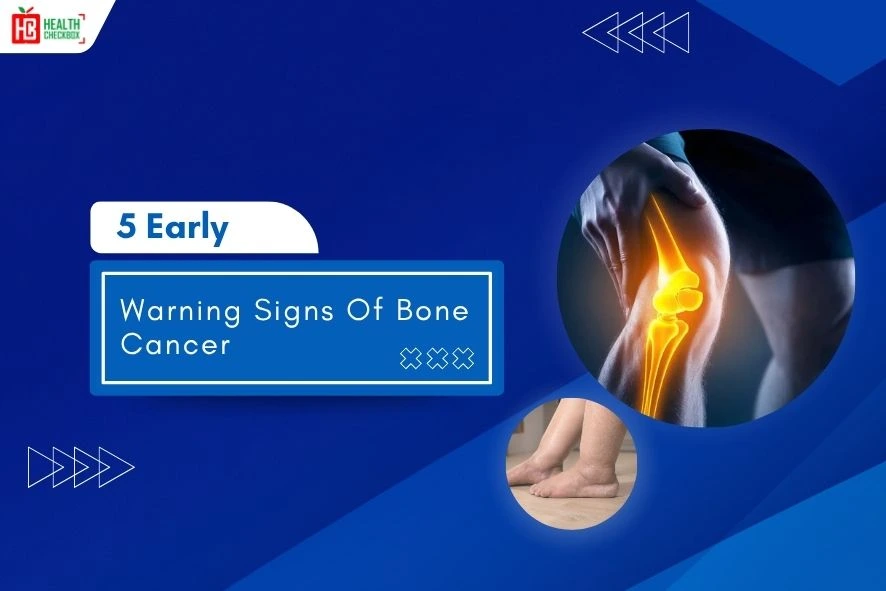An anal fissure is a crack or tear in the lining of the anal canals. It often causes rectal bleeding and anal pain, mostly during bowel movements. Usually, this results in a fissure, particularly when straining to pass hard stools. This anal fissure disease is commonly found in pregnant women and newborns. It occurs in about half of those who have them before the age of forty. In severe cases, injections or surgery may be considered. Adequate hydration is essential to maintain soft fluids, and topical creams or ointments can be applied to the affected area to relieve pain.
Anal Fissure Types
There are different types of anal crack. These are listed below:
- Primary fissure: These are non-threatening and transient in nature. It is caused by injury to local tissues due to passage of hard stool, chronic diarrhea, hard stool passage, or vaginal delivery.
- Acute fissure: This condition usually heals in four to eight weeks. A single stressful event, such as passing a hard stool or straining excessively during a bowel movement. It is typically the cause of acute fissures.
- Chronic fissure: It may persist for more than 2 months. Sometimes this chronic fissure may require surgical intervention. This can lead to scarring, making the anal orifice incapable of full relaxation.
- Secondary fissure: These cracks are caused by underlying conditions, such as inflammatory bowel disease, tuberculosis, HIV/AIDS, or other diseases that affect the anal canal.
Symptoms Of Anal Fissure
Common signs & symptoms of anal fissures are as follows:
- Pain during bowel movements.
- Constipation
- Pain after bowel movement.
- Crack in the skin around the anus.
- Lump or skin tag on the anal skin.
- Lines of blood on the stool.
- Itching or discomfort in the anal.
Causes
Following are the causes of anal fissure:
Injury or trauma
- Passing hard or large feces, especially in constipated people, can cause trauma or injury to the area. And this is the main reason for anal fissures.
Constipation
- Hard stools or uncommon bowel movements can cause strain during defecation. Anal fissures may also result from it.
Infections
- The sexually transmitted health problems that can raise the risk of this illness, such as HIV, HPV, herpes, and many more.
Low-fiber diet
- A diet low in fiber might raise the frequency of anal fissures and result constipation.
Pregnancy and childbearing
- Pregnant women and those who have undergone childbirth may face this problem. Due to increased pressure and trauma to the anal area.
Muscle spasms
- It can also contribute to the development of anal fissures and reduce the healing process.
Underlying conditions
- Inflammatory bowel diseases include ulcerative colitis and Crohn’s disease can cause anal ulcers.
Diagnosis for Anal Fissures
Here are mentioned some diagnostic tests to diagnose the condition:
a) Rectal examination
- In this case, inserting a small instrument or gloved finger into the rectum. A doctor may apply anesthesia to the area.
b) Sigmoidoscopy
- An examination of the sigmoid colon and rectum is done by using a flexible tube. It can also serve as a screening test for colon cancer.
c) Colonoscopy
- It also involves inserting a tube into the rectum to see the large intestine or bowel. This is suitable for individuals who are older than forty-five years.
Anal Fissure Treatment Procedure in India
The severity and length of the fissure determine the available treatment choices. Here are some common treatment:
Medication
1. Topical creams
- Ointments containing glyceryl trinitrate or calcium channel blockers are recommended to use. These can help relax the anal sphincter and reduce pain and bleeding.
2. Stool softeners
- Drugs like docusate sodium or psyllium can help soften stools and reduce irritation.
3. Botox vaccine
- Injecting Botox into the anal sphincter can temporarily deactivate the muscle. These injections help in reducing cramp and promoting healing.
4. High-fiber diet
- Patients are advised to take a diet full of roughage. This helps to soften stools, reduce pressure on the anus, and promote healing.
Surgery Procedure
If symptoms are severe or chronic anal fissure does not respond to alternative therapies. Then the doctor may recommend surgery. Lateral internal sphincterotomy (LIS) is a treatment that doctors commonly conduct. LIS involves cutting a little section of the anal sphincter muscle. This approach may help with recovery by minimizing pain and spasms.
Complications Associated with Anal fissure
An anal fissure complications might include:
- If an anal crack does not heal in eight weeks, it is deemed chronic and may require additional care.
- Recurrence of an anal crack after previously having one.
- This fissure may also affect the ring of muscle that keeps the anus closed. The internal anal sphincter is the name of this muscle. The healing of an anal crack is hampered if this occurs. Unhealed fissures can cause a vicious cycle of pain that may necessitate medication or surgery to relieve the agony and either repair or remove the fissure.
Prevention Tips
- Soaking the anal part in warm water. This can help ease pain and discomfort.
- Preventing constipation and lowering the risk of anal cracks. Patients are advised to achieve this by keeping a proper diet and regular bowel habits.
- Reducing irritation and accelerating healing can be achieved by using toilet paper or gentle fragrance-free wipes. People are advised to avoid excessive wiping.
Our Other Services
Latest Health Tips
Can Immunotherapy Cure Stage 4 Lung Cancer?
Early Signs of Cervical Cancer
Foods that Kill Cancer: Leafy Vegetables, Grains, & More
What Stage of Cancer is Immunotherapy Used For?
Which is Worse for Cancer, Sugar or Alcohol?
Vaccines That Prevent Cancer
What Kills Cancer Cells in the Body Naturally?
5 Early Warning Signs of Bone Cancer
Submit Your Enquiry
Testimonials








